Walks on the Howgill Fells
Walks on the Howgill Fells was published in May 1972 with a dedication:
“To BELL AND MARGARET PRATT – natives of these parts who provided much helpful information”
<<>>
Wainwright initiated his fieldwork for Walks on the Howgill Fells shortly before the publication of Walks in Limestone Country in April 1970. During this period, he was recuperating from mild bronchial pneumonia, prompting him to concentrate on exploring Whinfell Ridge, situated closer to his home. It took several weeks before he extended his explorations beyond the M6, which was nearing completion. The Howgills remained relatively pristine until the Lancaster to Penrith motorway section officially opened on 23 October 1970. Wainwright later characterised the motorway as “A giant stepping stone between the Lake District and the Yorkshire Dales.”
This marked a bustling phase in Wainwright’s life. Fresh from his honeymoon with Betty in York, he utilised the time to thoroughly investigate North Yorkshire as part of his plan to create a personalised long-distance walk.
Bell and Margaret Pratt played a pivotal role in assisting Wainwright during his research for the book. Born in 1910 in Grisdale, west of Sedbergh, Bell married Margaret in 1930, and their union resulted in five children. Throughout his life, Bell dedicated himself to farming and served as a Methodist lay preacher for an impressive 70 years. Eventually settling in Kendal during his later years, Bell achieved a remarkable feat by publishing his autobiography, Memoirs at 100 Years of Age: Bell Pratt of Grisdale, in 2010 when he turned 100.
Throughout the Westmorland Gazette era, Walks in Limestone Country outsold Walks on the Howgill Fells by a factor of two. This discrepancy was quite understandable given the widespread popularity of the Yorkshire Dales, in contrast to the Howgills, which occupied a smaller area and were near the well-frequented Lake District. Wainwright consistently emphasised that the Howgills were the least recognised hills among those he had written about.

<<>>
A First Edition is identified by:
- Blue case with gold blocking
- £1.05 price on the dust jacket
- No impression number

Walks on the Howgill Fells broke from tradition as the first guide published without the customary rounded corners. This decision was prompted by the gradual escalation of production costs, effectively preserving the price point for an additional year. In 1973, with the release of the sixth impression, the guide experienced its first price adjustment, reaching £1.40. Concurrently, the iconic blue case colour transitioned to a darker yellow, a uniform change adopted across all guides for a period.
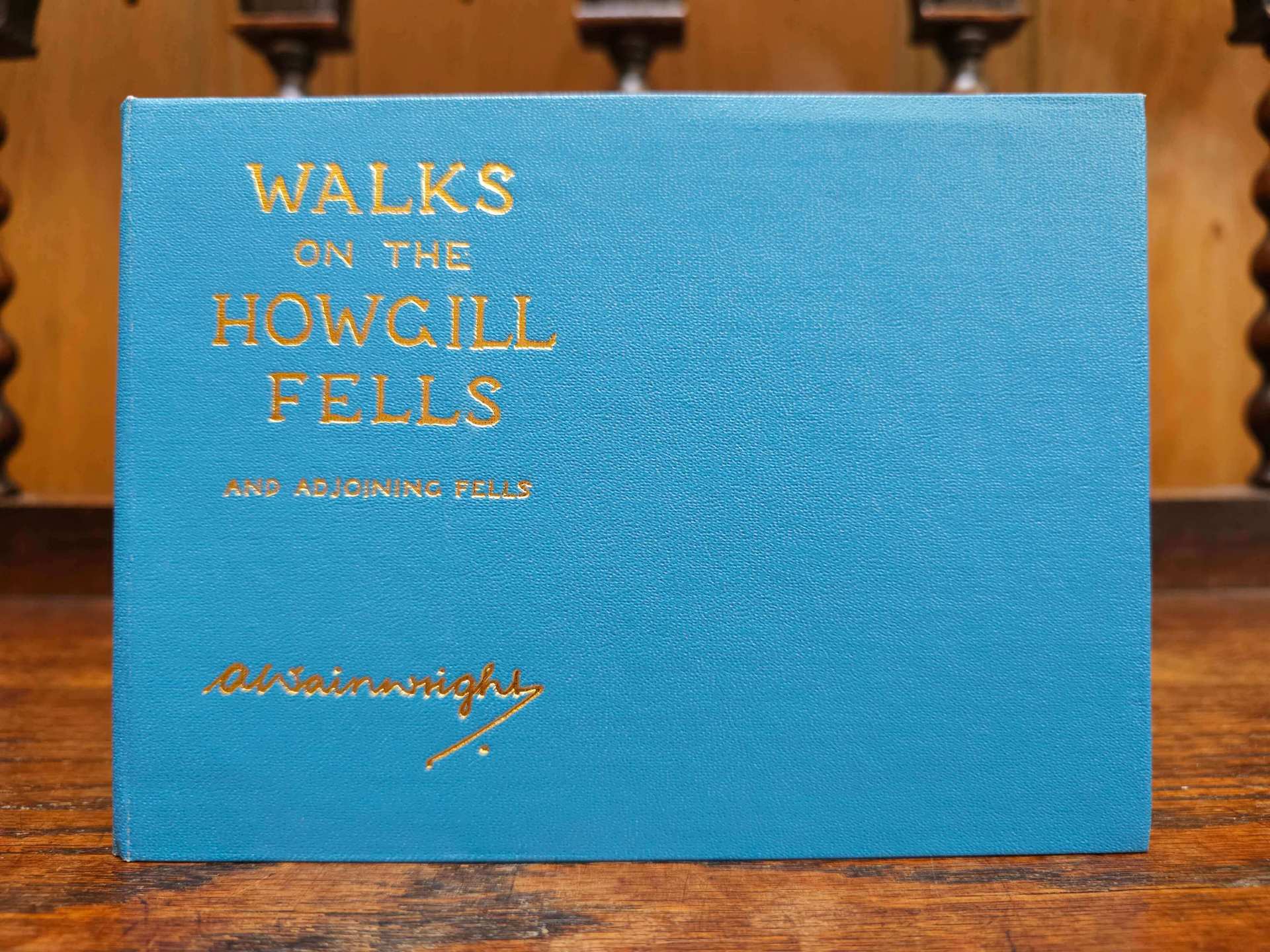
Upon assuming custodianship of the surviving Wainwright book printing materials in 2019, I was struck by the extensive preservation efforts at Titus Wilson. However, it was disheartening to discover the loss of certain items related to Walks on the Howgill Fells, including dust jacket negatives, various printed sheets, and Gazette documentation. Despite these setbacks, most original printing materials for this particular title were fortuitously preserved.
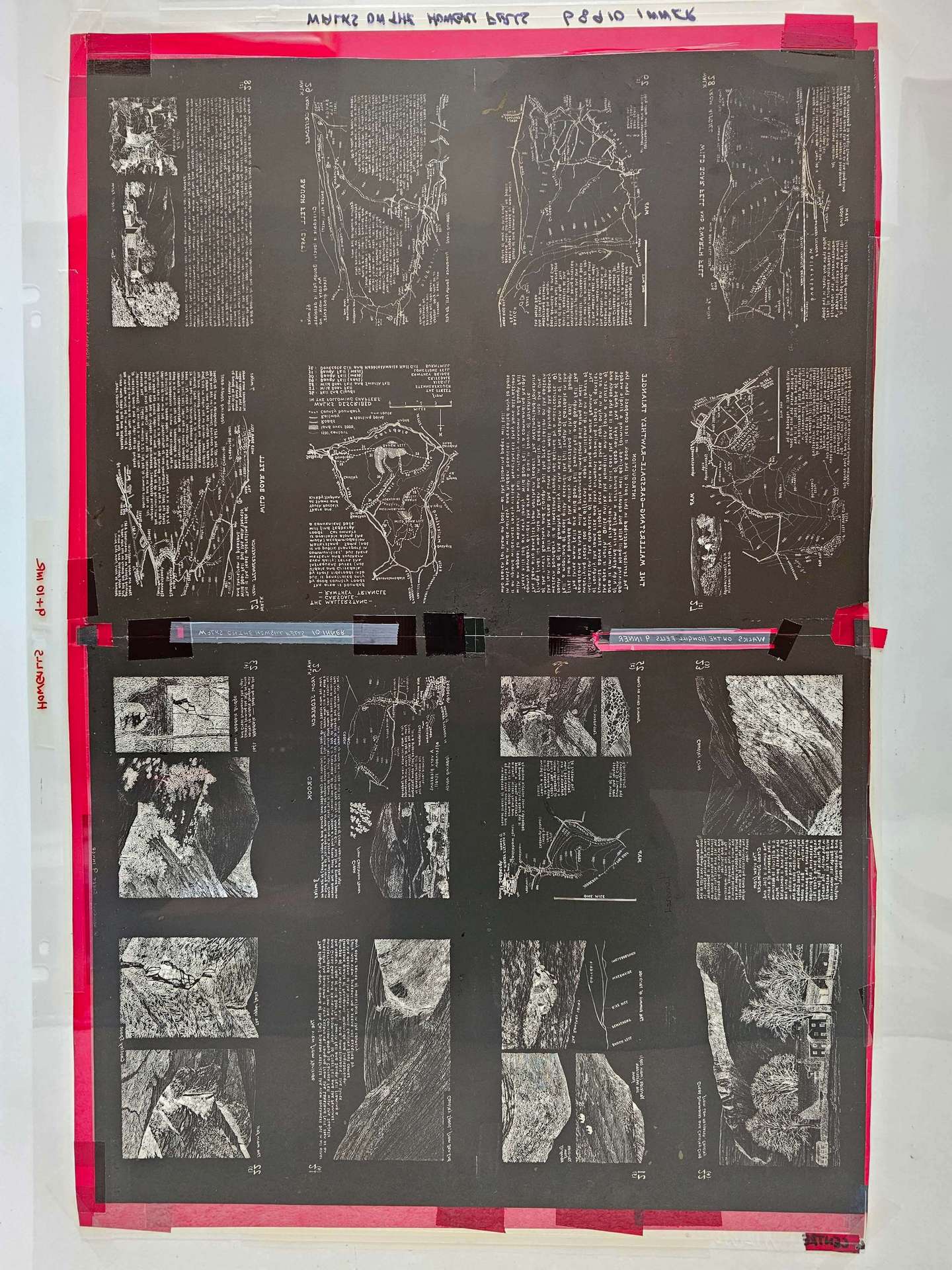

During the early 1980s, a significant advancement occurred in producing higher-quality scans derived from Wainwright’s original Howgill photos. This marked a substantial improvement over the darker images found in earlier impressions. The process also involved the creation of new artwork, from which negatives were subsequently produced, contributing to an overall enhancement in the visual quality.


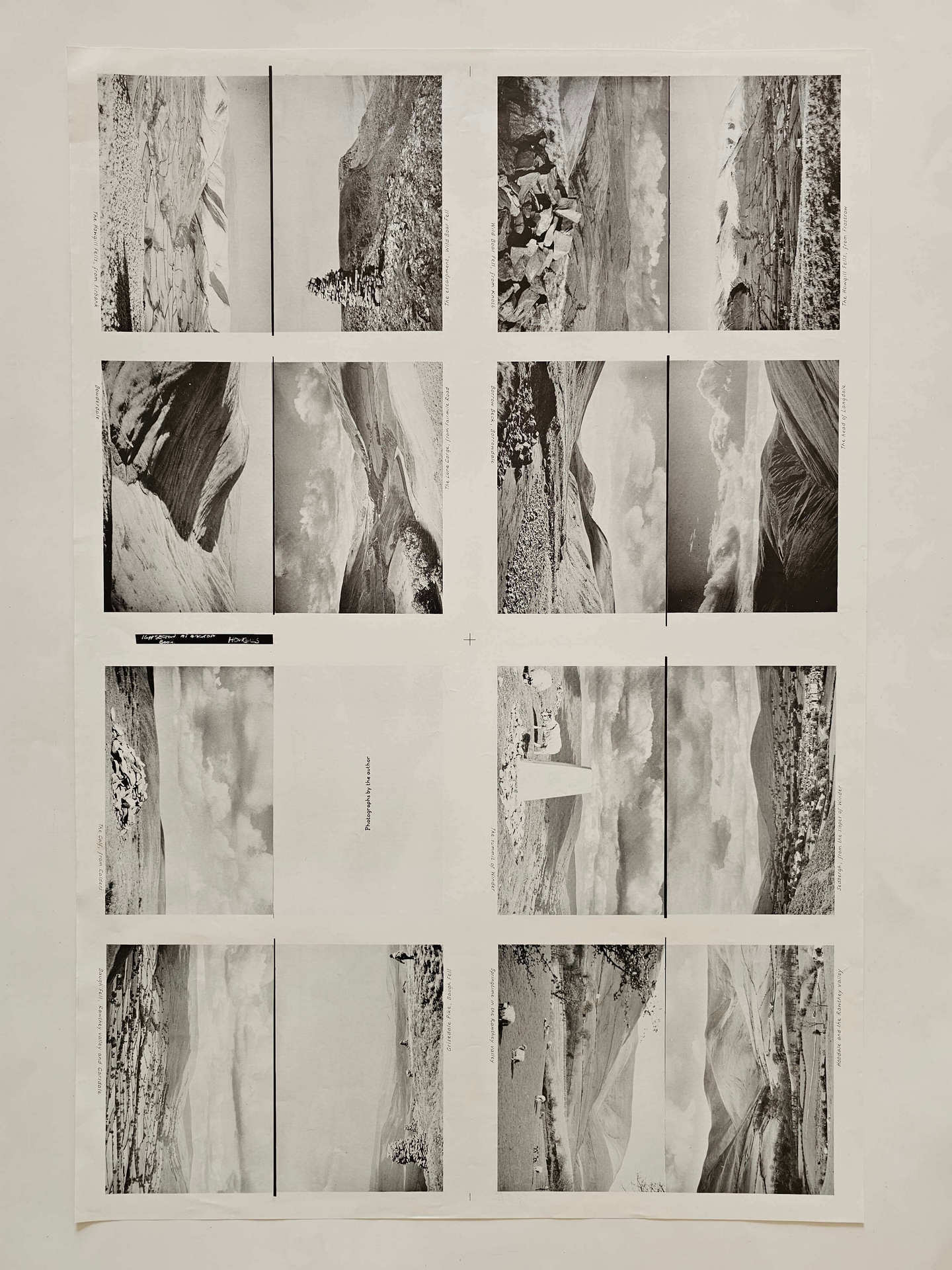

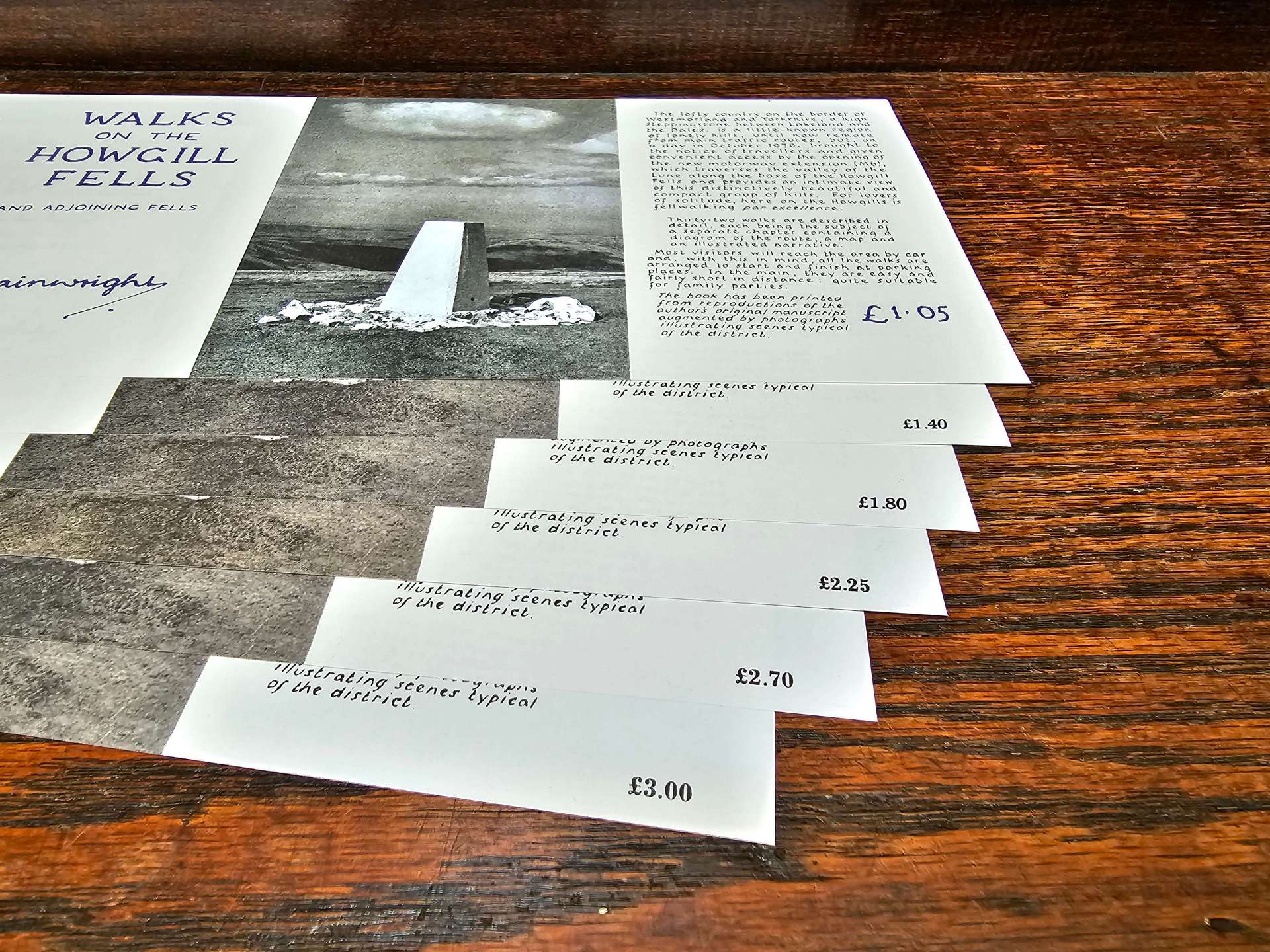
Existing dust jackets with outdated prices were affixed with stickers displaying the updated prices. This practice was adopted to avoid discarding thousands of dust jackets, a previous scenario that had proven costly for the Gazette, necessitating a considerable expense in replacements.

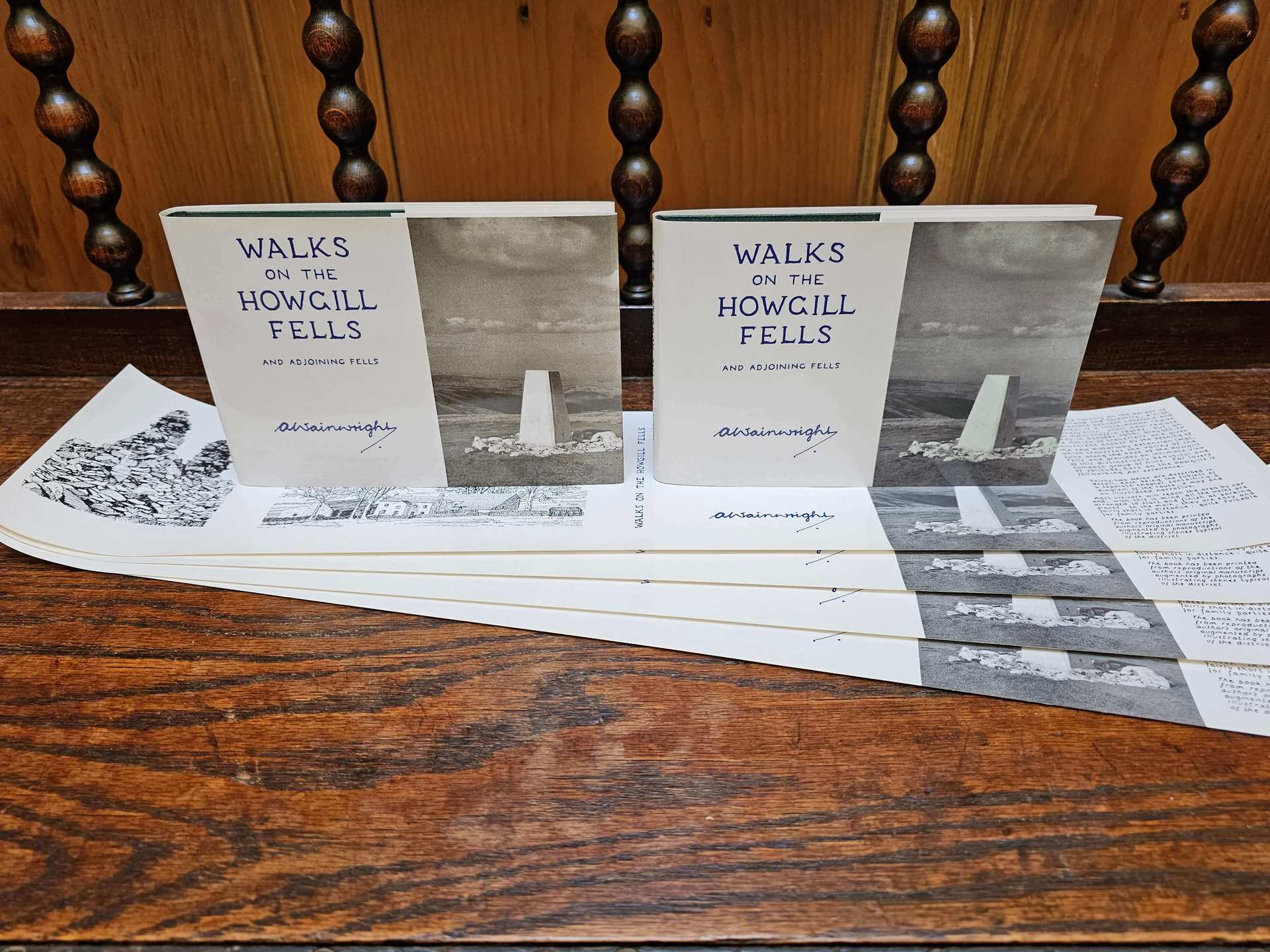

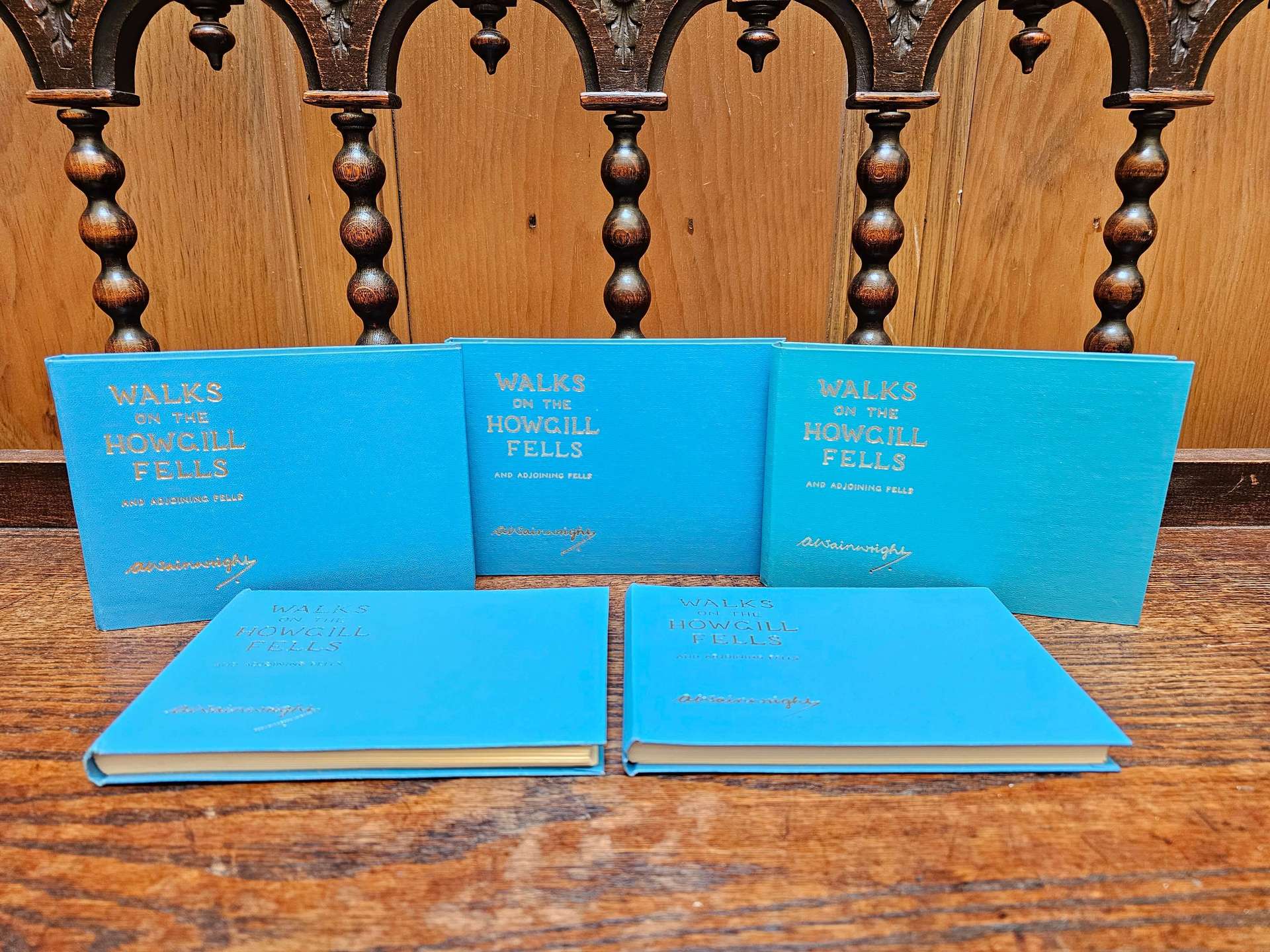
During the 1970s, the Gazette, facing shortages in cases for the Pictorial Guides, resorted to utilising alternative materials and colours. An unexpected deviation was using a red case, typically associated with Walks in Limestone Country. However, by the decade’s end, a uniform transition to green cases was implemented across all guides.
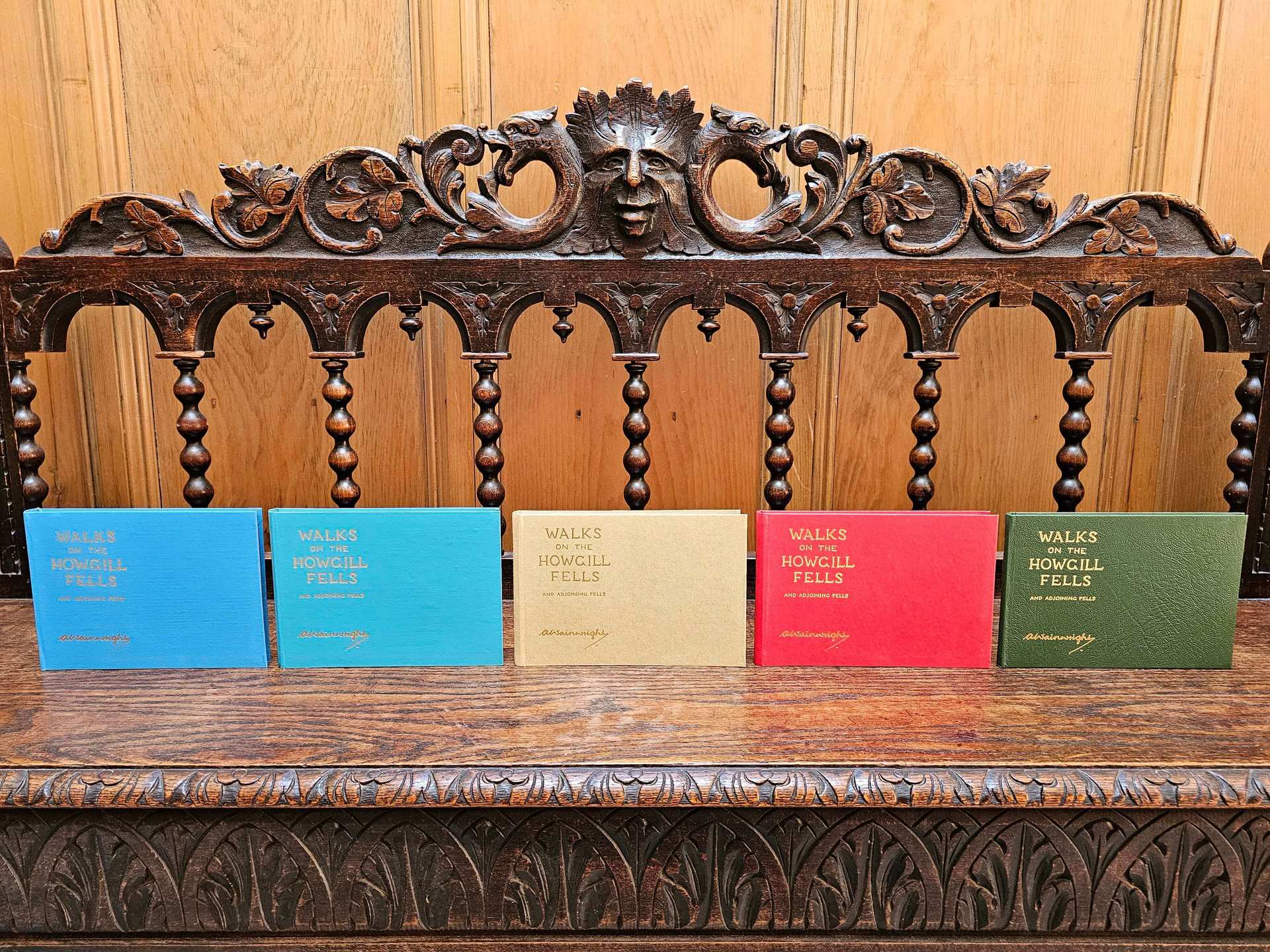
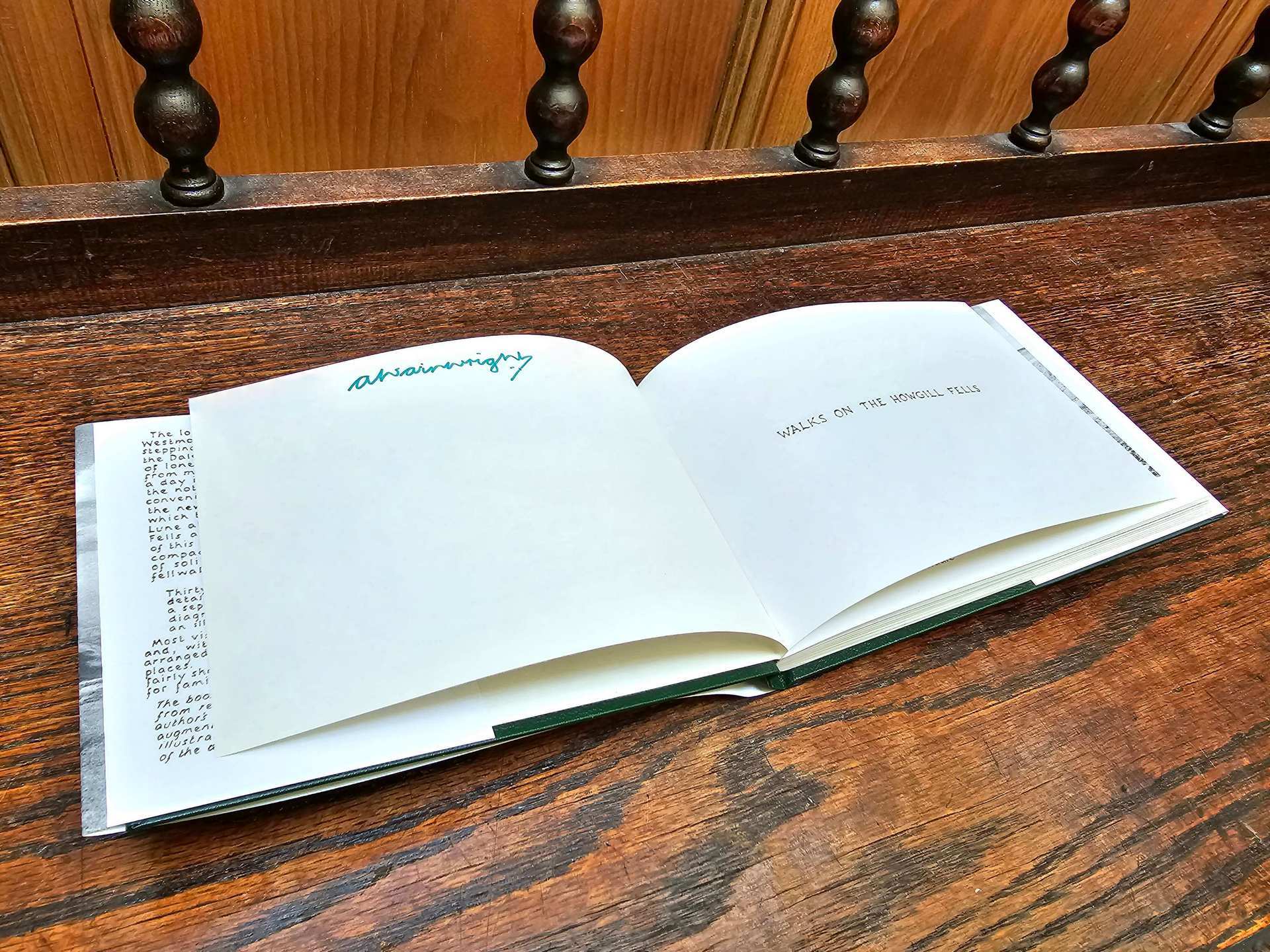
By the close of 1980, the gold blocking was removed from the front of Walks on the Howgill Fells. Subsequent measures included the removal of printed prices from dust jackets in 1982 and a gradual phase-out of impression numbers by 1985. These adjustments were made to control printing costs, shielding consumers from frequent price increases. The Gazette was steadfast in its mission to ensure the affordability of these guides, particularly for the working-class demographic.
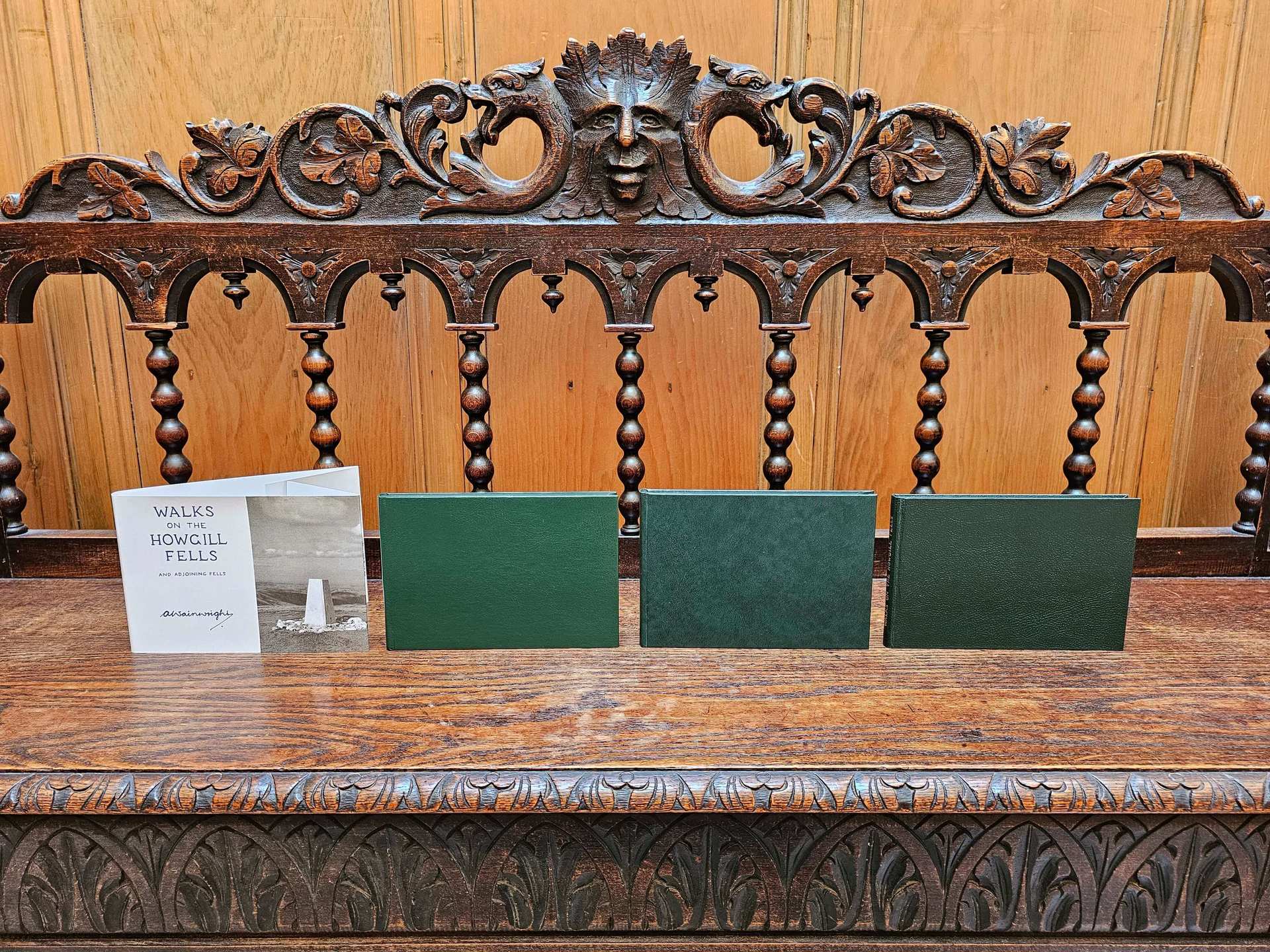
In 1986, the printing operations for the Gazette newspaper shifted to Telegraph & Argus in Bradford. Subsequently, the following year, the book printing operations were relocated to Titus Wilson, who, interestingly, would also move into the Gazette’s premises.
Andrew Nichol, the General Printing and Book Publishing Manager, originally scheduled to retire in May 1997, concluded his tenure five years earlier, in May 1992. The need for a new publisher arose with the difficulties of replacing Andrew’s pivotal role. Before his retirement, Andrew facilitated the smooth transition by transferring the publishing rights to Michael Joseph. Despite this change, Titus Wilson remained the printer, and the new Wainwright books launched in April 1992.
Michael Joseph executed a comprehensive redesign of the dust jacket, incorporating a fresh drawing and coloured bands on the cover to align with the aesthetics of the rest of the series. The revamped books were introduced to the market with a retail price of £8.99.
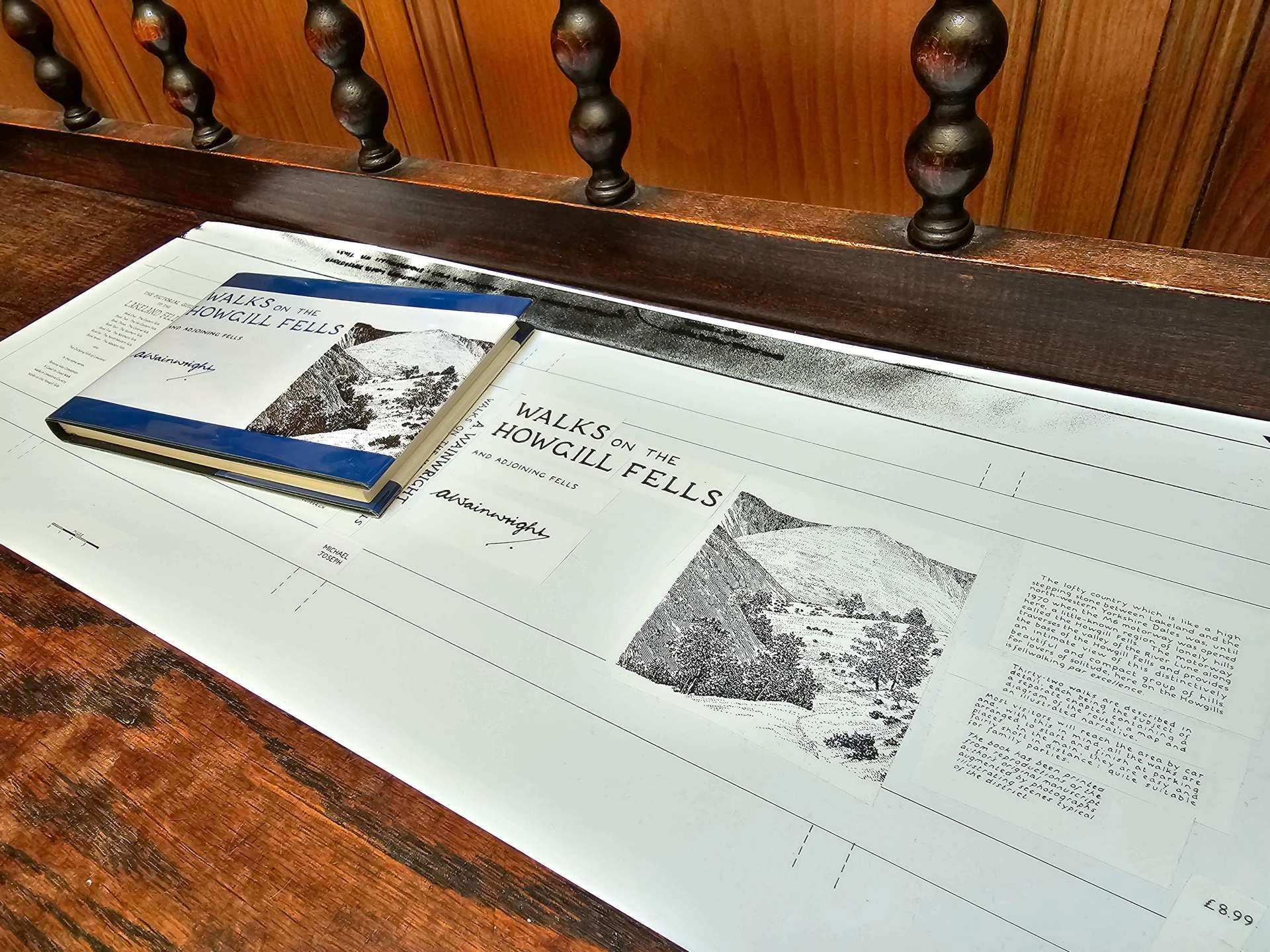

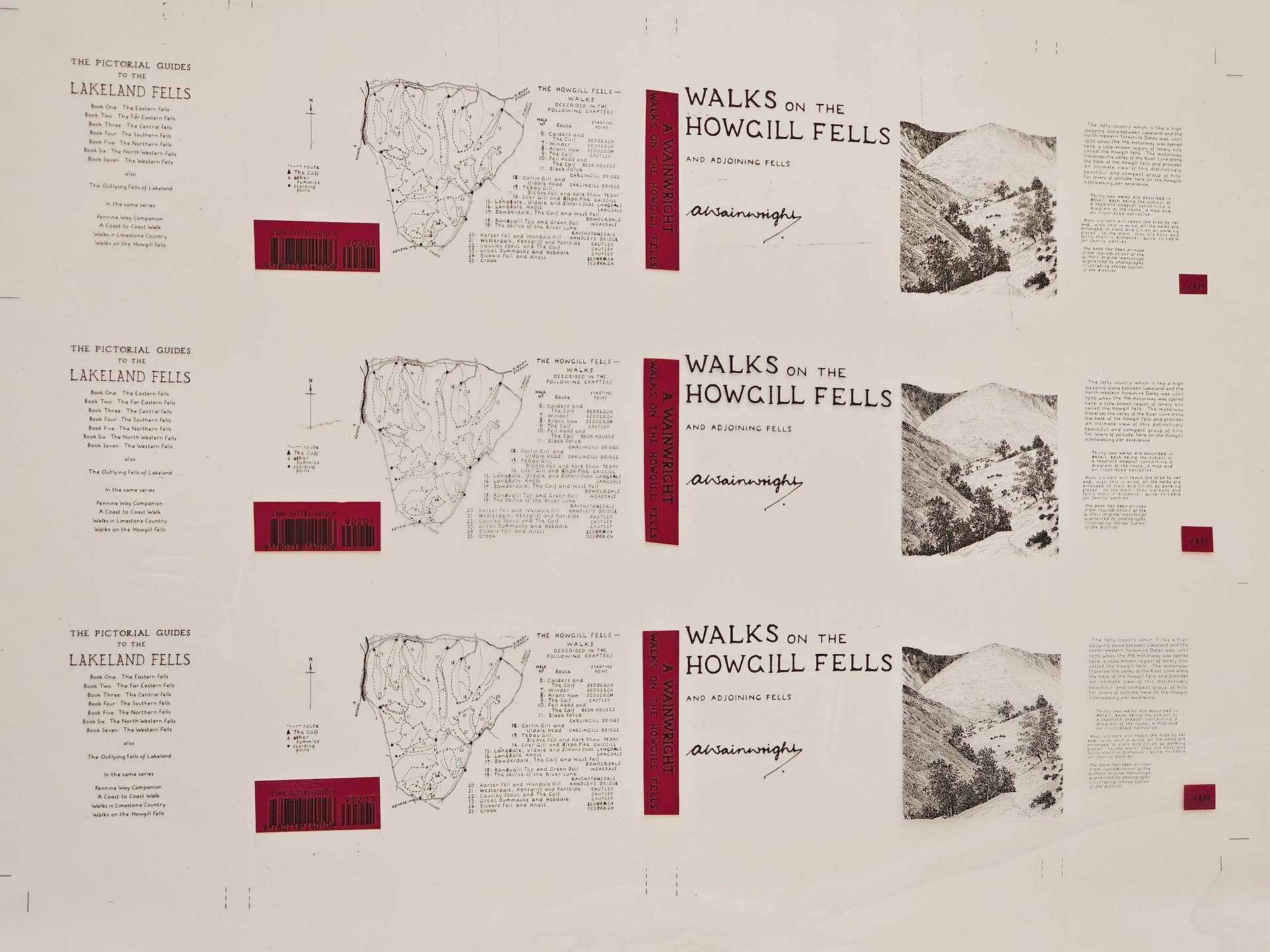
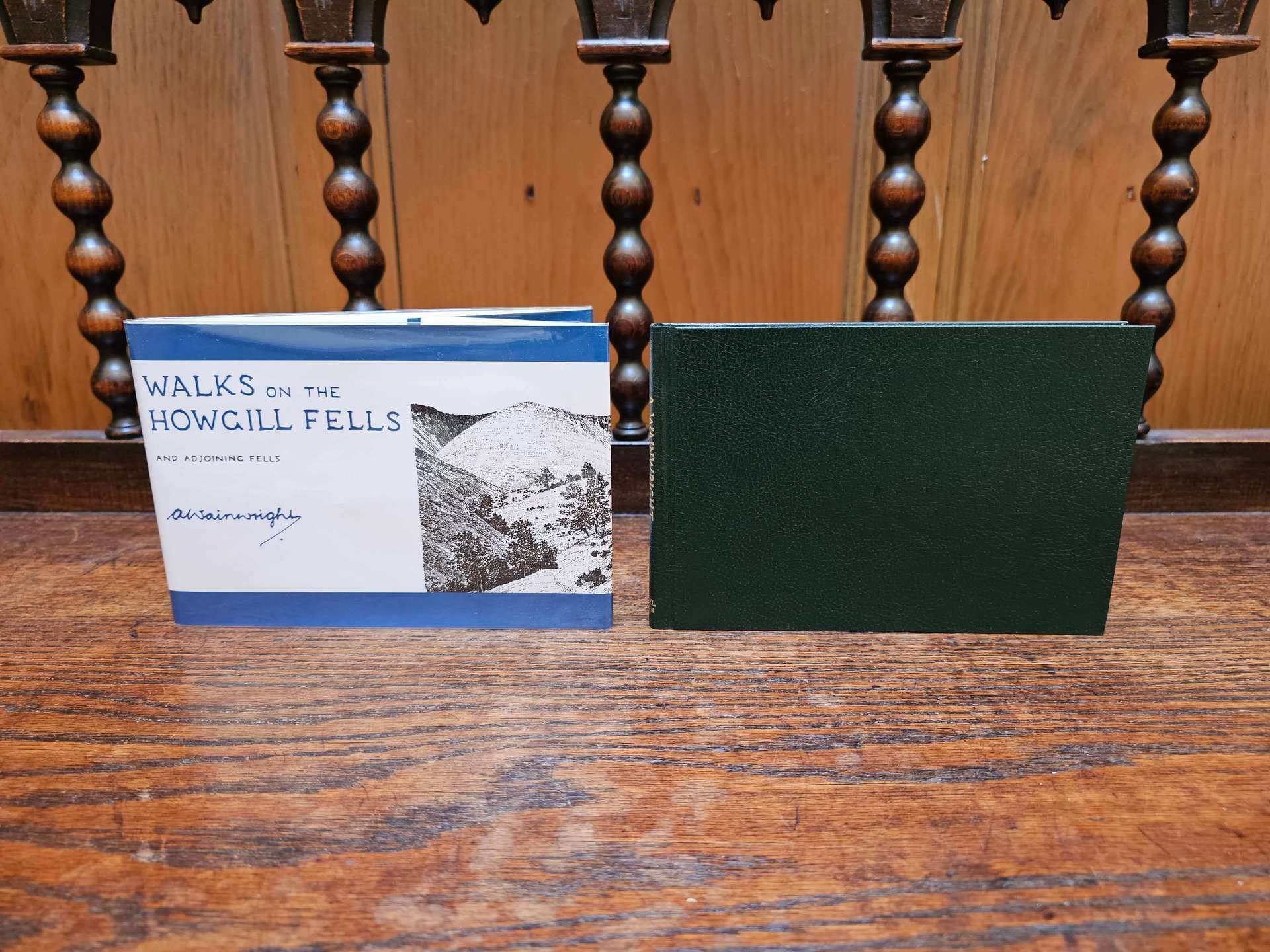
Following the launch in 1992, Michael Joseph relocated the printing operations to Bungay in Suffolk, a shift that endured for a decade. This development proved to be disheartening news for Titus Wilson and Kendal. Regrettably, further unfavourable developments loomed on the horizon for the guides.
In 2001, foot and mouth disease swept across Britain, with Cumbria, particularly the Lake District, being the hardest-hit region. The public closure of the Lake District was enforced to contain the spread of the disease, significantly impacting Michael Joseph’s guidebook sales, a setback from which they never fully rebounded. In response to these uncertain times, the copyright for the guides was transferred to Betty Wainwright in 2001. Subsequently, in January 2003, Michael Joseph ceased the publication of the guides.
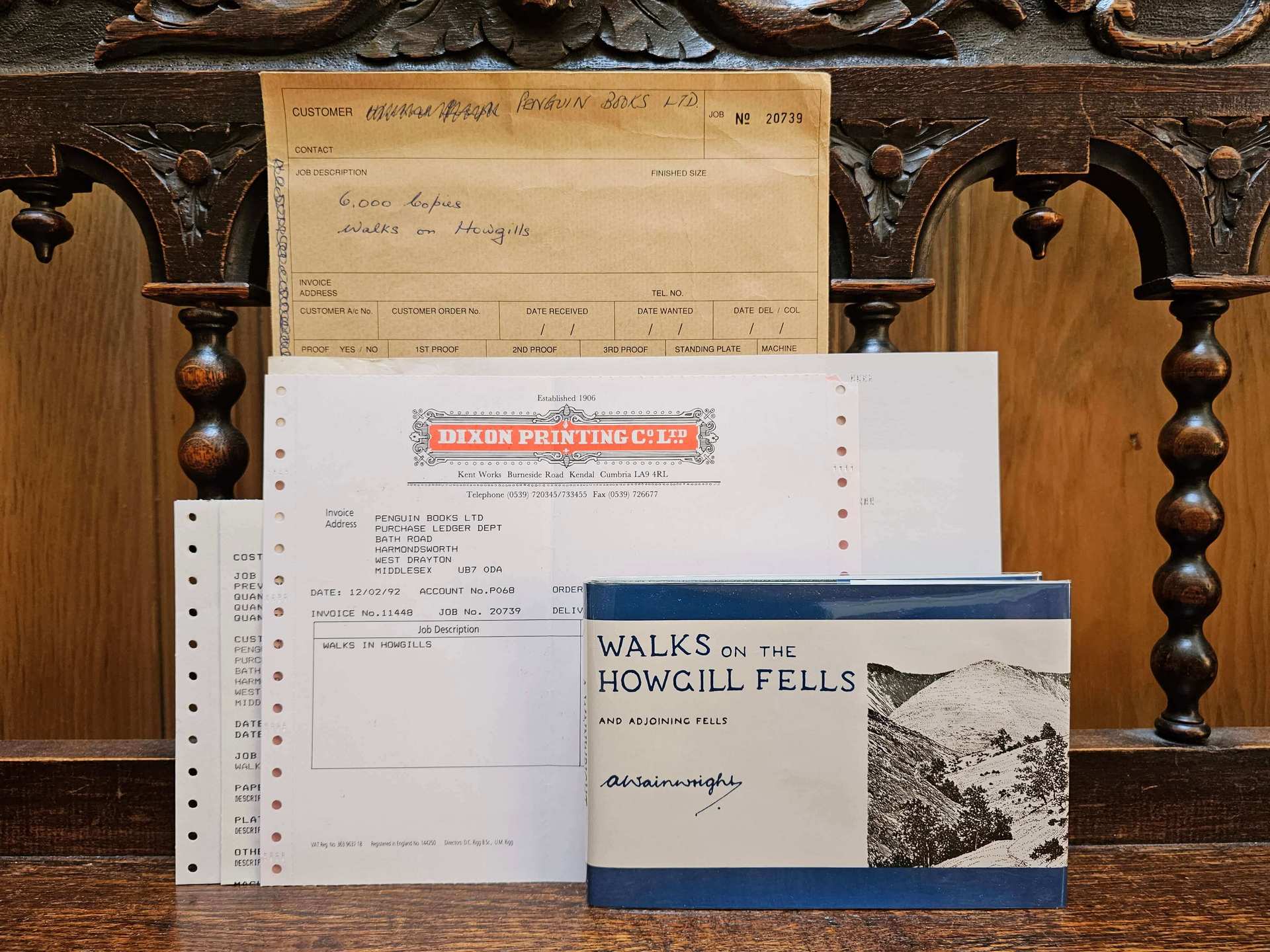
Fortunately, Frances Lincoln, a publisher based in London, successfully secured the bid to republish the guides. In a matter of weeks, the books were back in Kendal, where their origins lay. Titus Wilson entered into a new printing contract, paving the way for the re-launch in April 2003. Additional staff were hired to accommodate the increased printing demand and a new warehouse was constructed. This initiative not only revitalised the Wainwright guides but also provided a substantial boost to the local economy.
Walks on the Howgill Fells was priced at £10.99 upon its re-release. Frances Lincoln opted to utilise Michael Joseph’s designs, limiting alterations to replacing prelims at the front of the guides.
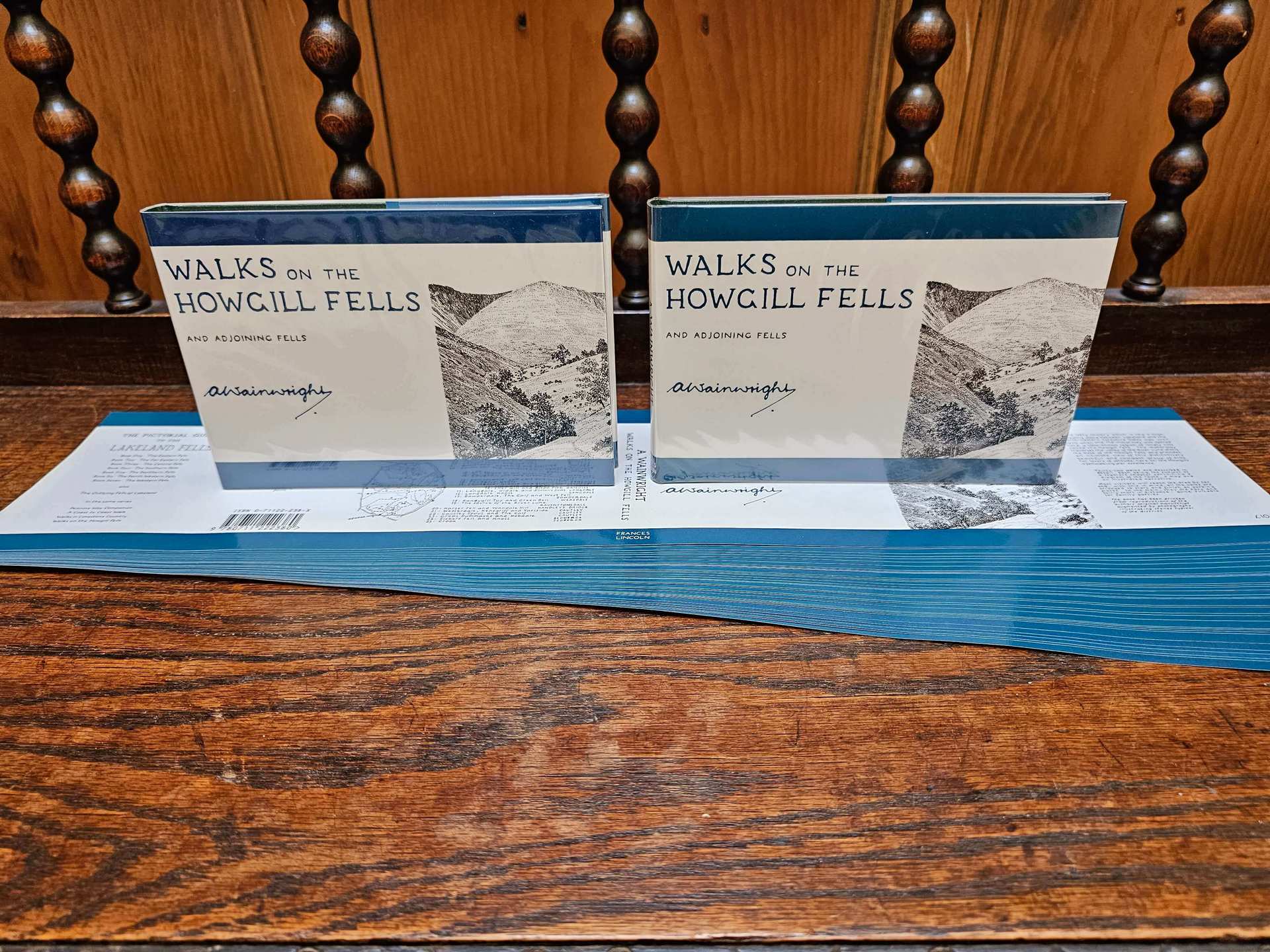
For the 50th Anniversary Editions, James Cropper of Burneside crafted a distinctive ‘cream wove’ paper. Utilising the remaining stock, Titus Wilson employed this special paper for the final prints of Walks in Limestone Country, Walks on the Howgill Fells, and A Coast to Coast Walk.
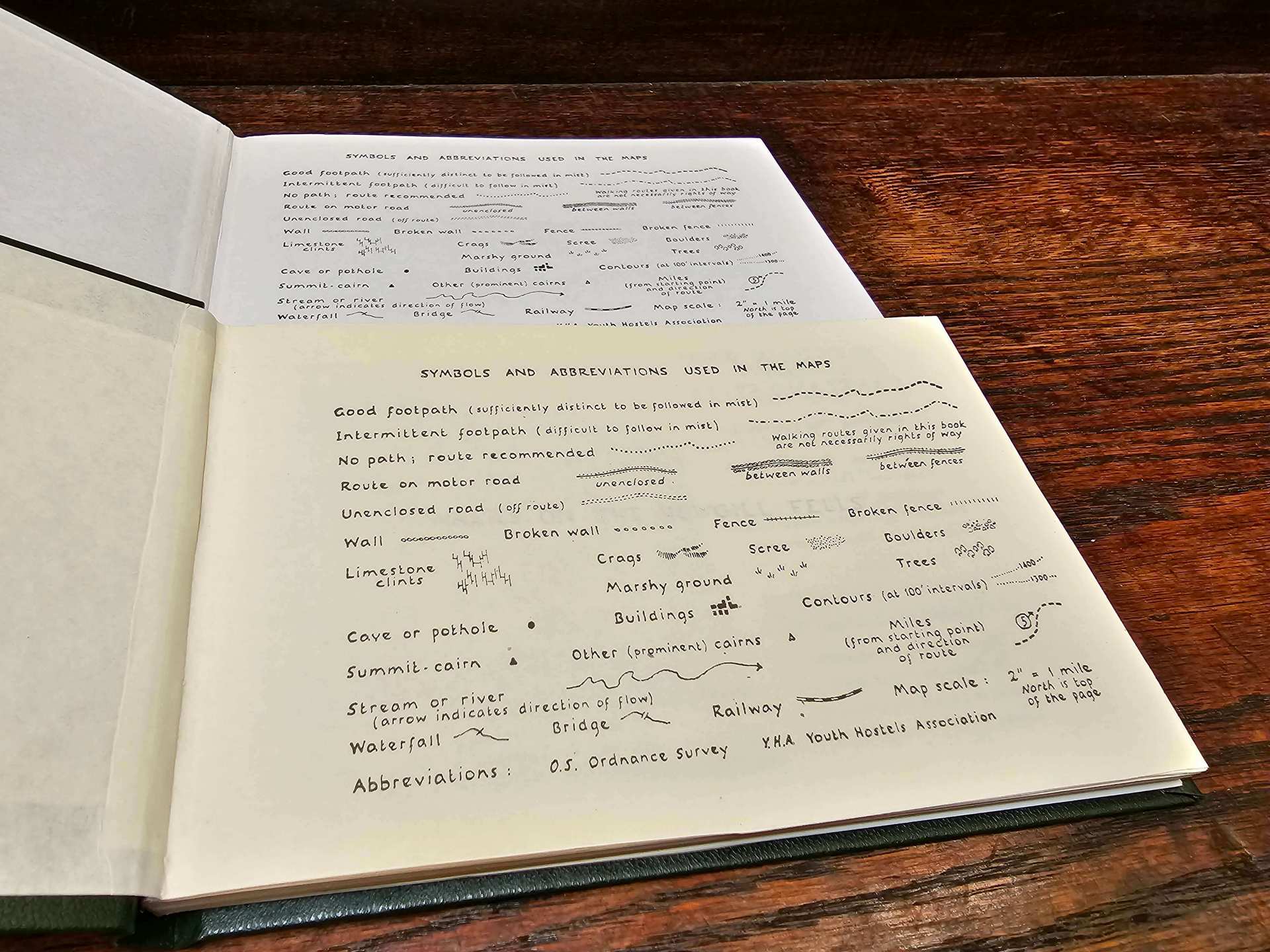

Despite returning to Kendal for only three years, the guides faced another relocation in 2006. Titus Wilson made multiple adjustments to lower printing costs, striving to retain the books in Kendal. However, their efforts proved unsuccessful. Walks on the Howgill Fells was eventually reprinted in China and sold at a retail price of £12.99. In 2011, Frances Lincoln changed ownership, being acquired by the American publisher Quarto.
In 2003, John Nicholl, the Managing Director of Frances Lincoln, approached Chris Jesty to revise the guides. This opportunity was a dream realised for Chris, who had expressed his willingness to revise Wainwright’s guides in a letter to him in 1979. However, Wainwright had declined alterations during his lifetime. After Wainwright’s passing, Chris approached Michael Joseph, but they showed reluctance to revise the guides, making only a few amendments. This outcome left Chris deeply disappointed.
The comprehensive revisions for Frances Lincoln occupied Chris for a decade. Walks on the Howgill Fells was finalised in late 2013 and published the following year. Similar to Walks in Limestone Country, it sported a flexibound cover. In 2022, the Wainwright Society took on the republishing of this title.
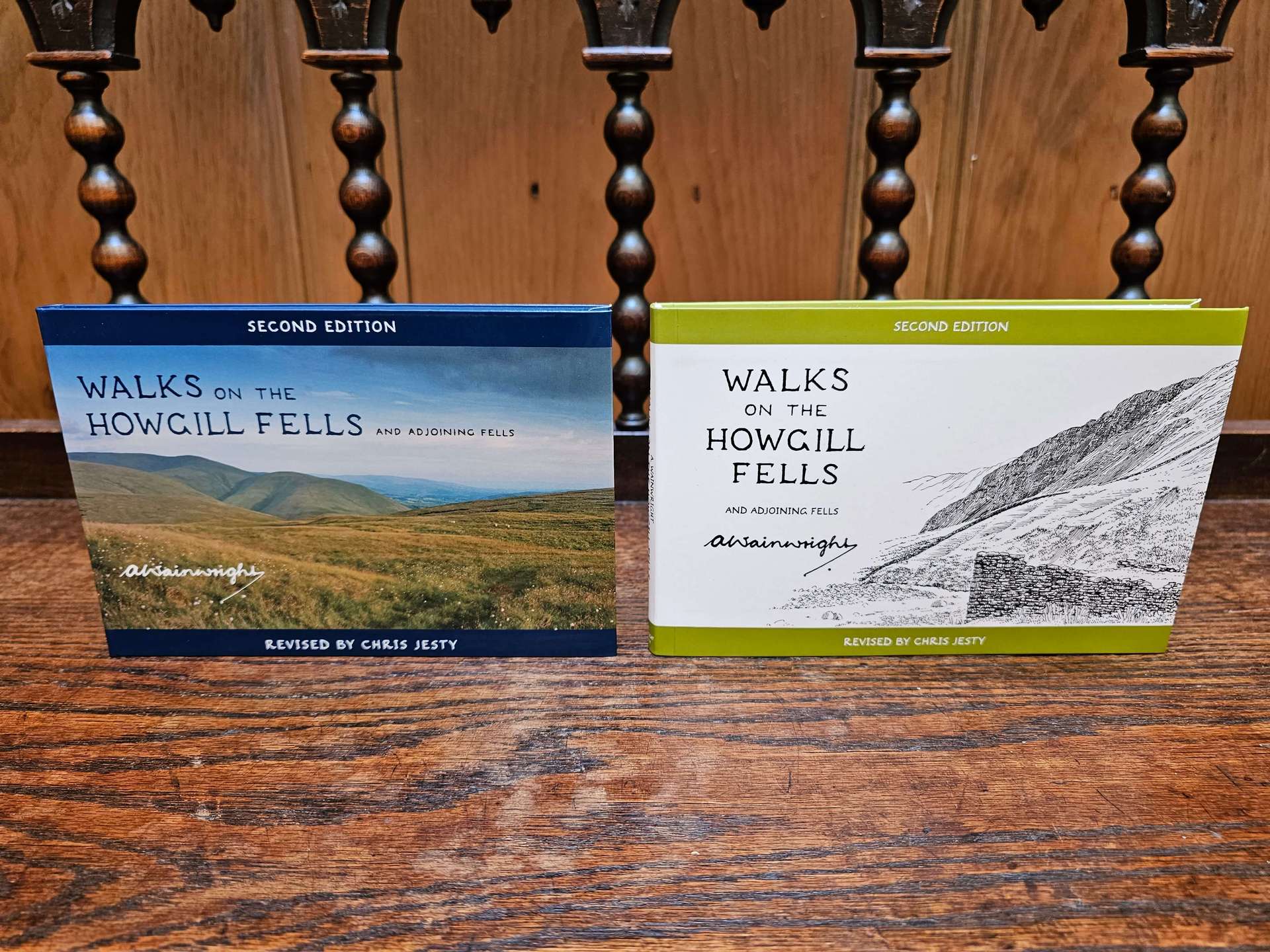
From left to right:
Walks on the Howgill Fells (SE), F. Lincoln 2014
Walks on the Howgill Fells (SE), W. Society 2022
<<>>
In August 2016, the boundaries of the Lake District and the Yorkshire Dales National Parks were expanded, incorporating Whinfell Ridge into the Lake District National Park for the first time. In the autumn of 1990, Wainwright revisited the vicinity of the ridge for a photo session with the acclaimed photographer Derry Brabbs. The location was a mere 3.5 miles from Animal Rescue Cumbria in Grayrigg. Wainwright’s wife, Betty, and friend Sheila Richardson accompanied them during the shoot.





<<>>
Photos of Wainwright are courtesy of Sheila Richardson and Derry Brabbs.
Back to top of page

